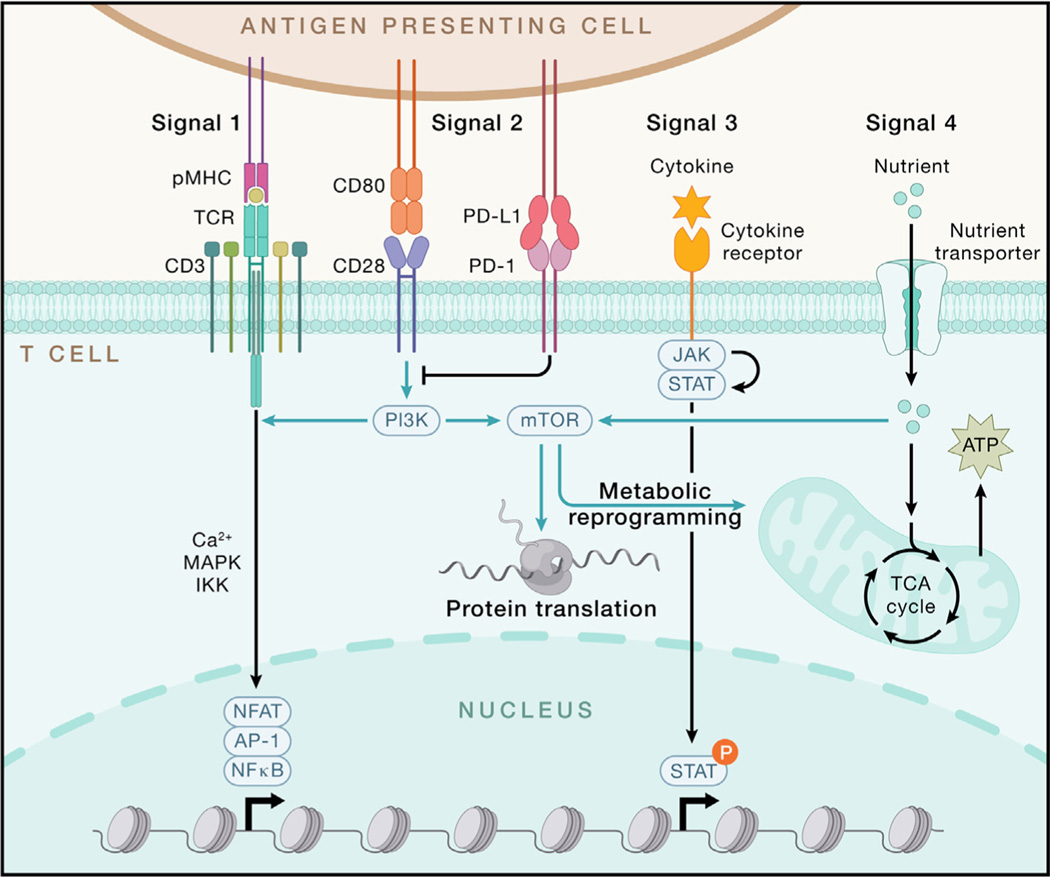Figure 5. Integration of extrinsic signals and intrinsic programs drives T cell responses.
T cell activation largely relies on signals 1–3 (antigen, co-stimulation, and cytokines). TCR stimulation occurs upon recognition of the peptide presented by MHC molecule (pMHC), which is expressed on antigen-presenting cells (APCs). TCR-pMHC engagement initiates downstream signaling, leading to the activation of transcription factors NFAT, AP-1, and NF-κB mainly through Ca2+, mitogen-activated protein kinase (MAPK), and IKK-dependent signaling, respectively. CD28 serves as the major signal 2 for T cell activation, which induces downstream PI3K-AKT-mTOR signaling, while PD-1 delivers a co-inhibitory signal to block CD28-dependent signaling. Upon binding their receptors, signal 3 cytokines activate JAK-induced STAT phosphorylation, which is pivotal for potentiating T cell activation and differentiation. Nutrients function as signal 4 to license T cell immunity partly through fueling the tricarboxylic acid (TCA) cycle to generate ATP and activating mTOR to enhance metabolism and protein translation during T cell activation. P, phosphorylation.

